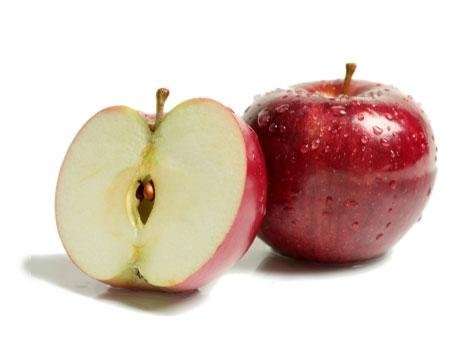FRUITS AND VEGGIES - MORE MATTERS!
What is on your grocery list today? Are you going to opt for the cookies or farm fresh cherries? September is fruit and vegetable awareness month, and more matters!

Groups like Produce for Better Health Foundation and The Centers for Disease Control and Prevention have come together to create an awareness for communities to understand the importance of fruit and veggies in our diets. Many people do not consume enough, nor do they understand how our bodies crave and need the variety of fruits and vegetables.
It is important to consume fruits and vegetables to obtain the necessary vitamins and minerals that are vital to your health. The nutrients found in fruits and vegetables help maintain your energy levels, metabolism rate, heart rate, blood pressure, and your immune system. The benefits are substantial! The more color that you incorporate into your diet, the more benefits you will reap. You should fill at least half of your plate with vegetables and or fruit during each meal. Add a fruit salad and some grilled vegetables, or spice it up with some stir fried veggies! There are some wonderful fruit desserts out there too!

Here in Abbotsford, there are endless produce stores and local farms that you can purchase your produce from. To name a few:
Nature's Pickin's,
Thumper's Patch,
Lepps Farm Market, etc. etc. There are numerous family run farms in the area. Abbotsford Farmer's Market also hosts 2 events a week (Saturdays: 9am-1pm year round in downtown Abbotsford at George Fergusson & Montrose, and Wednesdays: 4pm-7pm at Thunderbird Civic Plaza---Which is just across from our location! at Trethewey & Simon) where local farmers and bakeries come together to sell their goods. If you are interested in the Farmer's market, view their website here:
http://www.abbotsfordfarmandcountrymarket.com/index.htm
Not only will you help support local farmers, but you can help keep your body healthy!
What benefits do fruits and vegetables offer?
Eating more fruits and vegetables can help reduce your risks for diseases and sickness. They may also help you to overcome ailments and heal more quickly! Fruits and vegetable contains nutrients like calcium, fiber, folate, iron, magnesium, potassium, sodium, vitamin A and vitamin C. Most of which are needed for healthy cell functions.
Vegetables and fruits may also contain phyto-chemicals. Phytochemicals are also known as: antioxidants, flavanoids, phytonutrients, polyphenols, etc. They are vital in helping your body eliminate free radicals (that increase stress), and maintaining high energy levels. Click here to learn more about phytochemicals and what produce to choose when searching to boost your phytochemical levels:
http://www.fruitsandveggiesmorematters.org/what-are-phytochemicals.
What about those picky eaters you say?
Discover new ways to serve fruits and vegetables to those picky eaters. If you have the time and would like to incorporate more nutrients into your diet like kerotine, which helps your nails and hair grow healthily and strong, you need to eat vegetables like broccoli and asparagus. Sear asparagus into a yummy stir fry or grill it on the BBQ and serve with lemon and unsalted butter. Your kids won't eat broccoli or cauliflower? Steam them, and then puree it into a soup base, or spaghetti sauce. They won't even taste the difference!
The more matters website has a topic that helps you to get your children involved in choosing to eat more fruits and vegetables. Some other helpful tips are to pre-wash and cut your produce. Place the prepared produce in a bowl with ice in the fridge to keep them fresh! This will help you to choose sliced apples or fresh berries rather than potato chips or other unhealthy options.
Always pack some fresh produce, or 100% juice, dried canned or even frozen fruits or veggies when you're on the go. This way you have access to a quick and delicious snack to help with those sudden urges to eat.
Check out the website:
http://www.fruitsandveggiesmorematters.org/ to learn more about the importance and benefits of more fruits and vegetables in your diet. Find fun recipes, shopping help, and many many more topics!
Stay tuned for more ideas and ways to add fruits and vegetables into your daily diet...because more matters!








